Conversion Optimization
14 minute read
Your Ecommerce Conversion Funnel Can Be Optimized More Easily Than You Might Think.
LAST UPDATED:
February 29, 2024
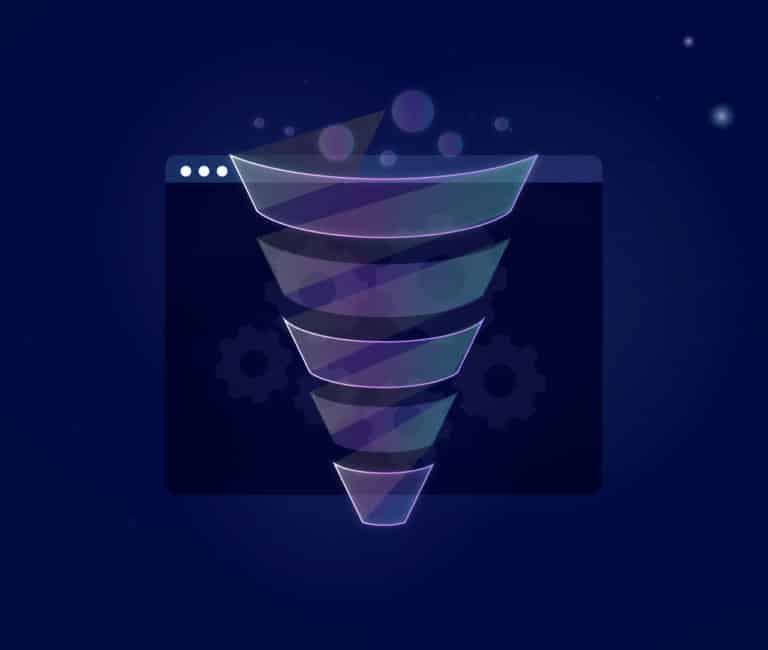

In a perfect situation, you could easily reach your target market and convert them into consumers with just one marketing effort.
However, that’s not how it works; you will need an ecommerce conversion funnel built into your website’s design.
Also, you will need to understand the funnel’s structure.
The stages of the sales funnel affect how customers behave. That’s why you must be very familiar with them.
By knowing the conversion optimization process, you can develop strategies to increase the number of people who proceed to each stage of the sales funnel.
Every marketer has heard the saying that you have to present yourself to your audience seven times before they will even remember you.
Well, the well-known saying can be true.
However, how do you establish those seven touch points?
The easiest and most effective way is through your ecommerce store’s design.
Although you can reach your audience through social media, have you thought about how you can utilize your website to communicate with your audience and assist their progression through your sales funnel?
This article will show you how to easily and profitably optimize your ecommerce funnel.
What Exactly Is an Ecommerce Sales Funnel?
Ecommerce sales funnels are an illustration of your customer’s journey with your brand. They are an important continuation of your marketing initiatives and act as a roadmap for your target market.
The ecommerce sales funnel is developed to generate qualified leads.
Each stage of the funnel is designed to lead qualified prospective customers to the next stages.
Potential customers start at the top of the sales funnel and work their way down, one step at a time until they become loyal customers of your brand.
Ecommerce Conversion Funnel Benchmarks
It’s no secret that ecommerce conversion rates can vary widely from one store to another.
However, there are some general benchmarks that can give you an idea of how your store stacks up.
On average, ecommerce stores see a conversion rate of 2-3%. That means that for every 100 visitors to your store, only 2-3 of them will actually make a purchase.
However, there are some ecommerce stores that see much higher conversion rates.
For example, high-end fashion stores may see conversion rates as high as 10-15%.
The main thing to keep in mind is that your ecommerce conversion rate will depend on a number of factors, including the type of products you sell, your pricing, and your target market.
There’s no magic number that all ecommerce stores should aim for.
While the ecommerce conversion funnel can vary from business to business, there are some general benchmarks that can be used to measure success.
For example, a good ecommerce conversion funnel will typically have a high rate of website visitors who make it all the way to the decision stage.
Additionally, a successful ecommerce business will usually have a low rate of customer churn, meaning that once a customer makes a purchase, they are likely to continue doing business with the company.
By understanding and tracking these ecommerce conversion funnel benchmarks, businesses can ensure that they are on track to success.
How Do Ecommerce Sales Funnels Work?

Ecommerce sales funnels work by taking into account the customer and their buyer’s journey, which is the progression of steps a potential customer takes to go from one stage of the sales funnel to the next.
Here are important things to consider while planning a buyer’s journey:
Who is your target audience and what information do they require from you?
Answering these questions will greatly assist you in deciding what material you should provide to meet all of your customers’ needs.
Based on the needs of your target audience, you can personalize your content to perfectly meet all their needs.
For example, if you have a B2B and B2C company that sells a product to customers as well as is looking to gain investors then your content will need to talk about your product to potential customers as well as answer the question of why should I invest in your business to potential investors. We were able to help Sun King do this for their new website, check out our case study for more information!
The answer to this question will help you identify the channels or methods of communication, “ways to effectively implement social media management” and engagement with your target audience and your brand.
How can your customers find you easily?
The answer to this question will help you identify the channels or methods of communication and engagement with your target audience and your brand.
Social media is currently the hottest trend in digital marketing.
It seems like every company has some sort of social media presence, but is it necessary for every business to be present on every social media platform?
It heavily depends on the products and services you’re offering and how effectively you’re using the right platform to reach out to your target market.
For example, a SaaS company is more likely to connect with its target audience through LinkedIn than TikTok or Instagram, but a beauty brand is more likely to connect with its audience through TikTok or Instagram than LinkedIn.
Identify opportunities for growth
What are other ways can you go above and beyond to reach more of your target audience, keeping in mind who they are and what would assist you get in front of them? Your website!
Websites are sometimes disregarded when it comes to digital marketing because everyone wants to think of social media as the first and foremost digital marketing tool.
However, a functional and well-designed website will provide you with a competitive advantage over your rivals.
A website offers a variety of functions and information that are unavailable from other platforms.
Protip
Additionally, a website is more effective in presenting certain information compared to social media platforms.
Ecommerce Funnel Stages:
Your potential customers are in for a journey. You may know what their journey looks like but much like Bilbo Baggins in “The Hobbit,” your customer doesn’t.
First Level

Your primary goal in the first stage of the sales funnel should be to educate your clients.
What are their pain points? What specifically drew them to your business? What do they require from you to improve their lives?
You will need materials that address all of your customer’s questions and give them the information they require.
Working on content production is the first step in putting up the first stage of the sales funnel.
- Blog posts: The ideal content for you to create and share with your audience will depend on your most frequently asked questions. Content marketing can help you establish your brand as the best in your field and educate potential clients and assist them in choosing your services or products. If done strategically, blog posts will improve the overall SEO of your website.
- Case studies: A fantastic approach to demonstrate your expertise to potential clients, case studies serve as written content that demonstrates your subject-matter expertise rather than simply attesting to it. Moreover, you can include client testimonials to provide additional social proof.
- Video and photo content: Modern consumers value high-quality visuals. Display your product in the best possible light in photographs or use videos to demonstrate how your business operates. According to marketing studies, using visuals encourages potential clients to move on to the next stage of the conversion funnel.
Second Level
The objective at this point is to persuade potential clients to buy from you.
Here is where prospective clients are searching for a justification to purchase from your company.
That’s why testimonials from your repeat customers and evidence of how effective your products are very important content on your ecommerce website.
The best example of this case is how we helped a rising beauty brand, Aavrani, in redesigning its product pages to achieve this.
Third Level
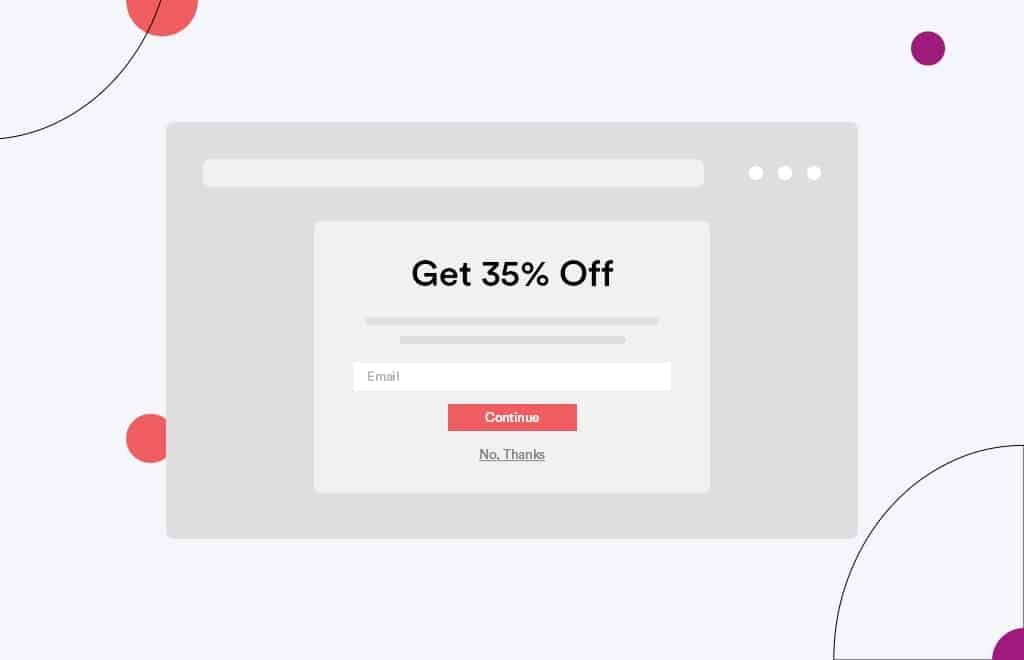
If a customer reaches this level, you have a high chance of converting prospects into customers and having them make a purchase.
In this section, you can add features to your website like a pop-up discount code to encourage customers to buy from you.
You can have a code recognition software that alerts you when visitors are about to leave your website and pop-up deals, etc.
Make every effort at this point to retain them on your website and push them one last time through the last level of your funnel.
Last Level
Customers are drawn back into the sales funnel at this stage.
It is generating a large percentage of repeat business, loyalty, and most importantly, customer retention.
- Send personalized emails, newsletters, etc.
- Send special offers such as an offer if they refer a friend to you and your website.
- Exclusive deals just for them and just for purchasing from you.
- Have your website keep track of your customers so that they receive a unique welcome back the next time they visit.
Your ecommerce conversion funnel should make every effort to make them feel special as your customer and promote loyalty and advocacy.
Navigation: The Lay of the Land of your Website
Customers should have a comfortable user experience when navigating your website, therefore everything should function as they would expect it to be on an ecommerce site.
Ensure that the product categories on your ecommerce website are accurate and updated in an area where visitors can quickly find them.
In just a few clicks, visitors should find the information they are looking for.
Ecommerce Funnel Analysis
Ecommerce funnel analysis is a method used to analyze the sequence of events leading up to a point of conversion.
Events within the ecommerce funnel take place inside ecommerce products, mobile apps, websites, emails, or other digital touchpoints.
Ecommerce funnel analysis lets product and marketing managers understand user behaviors and the obstacles encountered throughout the ecommerce customer journey.
By understanding ecommerce funnel analysis, businesses can improve their ecommerce conversions.
There are three key steps to ecommerce funnel analysis:
- Data collection: in order to conduct ecommerce funnel analysis, data must be collected from various ecommerce touchpoints. This data can include website traffic data from Google analytics, referral marketing data, loyalty programs, email click data, app usage data,cart abandonment rate, and purchase data.
- Data analysis: once the data has been collected, it must be analyzed in order to identify patterns and trends. This step will help you to understand how users interact with your ecommerce product or service.
- Test and implement changes: based on the insight gained from the data analysis step, changes can be made in order to improve the ecommerce user experience and increase conversions. These changes could include modifying the ecommerce website design, changing the ecommerce checkout process, or adding new ecommerce features.
There are many benefits of ecommerce funnel analysis, including:
- Improved conversions: by understanding the ecommerce customer journey, businesses can make changes that will improve conversions.
- Increased customer satisfaction: by making it easier for customers to find what they are looking for and purchase items from your ecommerce store, you can enhance the ecommerce experience and increase customer satisfaction.
- Improved product/service: by understanding how customers interact with your ecommerce product or service, and what kind of product experience they perceived, you can make changes that will improve the overall quality of your offering.
- Increased revenue: by making it easier for customers to purchase items from your ecommerce store, you can increase your revenue.
If you are looking to improve your ecommerce conversions, ecommerce funnel analysis is a great place to start.
By understanding the customer journey and making changes based on that insight, you can increase conversions and revenue.
Ecommerce Funnel Optimization
Everything needs to be well organized, logical, and optimized for search.
All content should include keywords that search engines will recognize and use to better direct customers to your website than one of your rivals.
Sales funnel optimization for commerce should optimize not just the keywords, but also the title tags, meta descriptions, titles, and so on. The more detailed your sales funnel planning is – the more effective it gets.
Make Sure Your Website Measures Up

KPIs, or key performance indicators, are a terrific way to judge whether or not you need to work on optimizing your ecommerce conversion rate.
The most effective indicators are to establish KPIs for:
- Traffic: Numbers of people who visit your website and how did they find it.
- Bounce rates: How long do site visitors stay on your website and important product pages before leaving.
- Sales: The percentage of website visitors who make a purchase and go to the third and bottom levels of your sales funnel.
- Conversion rates: The number of users reach the third level and subscribe to an email list or newsletter. They might not purchase from you this time, but they may opt to return later and make a purchase from your website.
- Cart abandonment: Number of people who advanced to the third level but then abandoned the cart.
Sales funnels are critical to the sale of any service or product, but they are even more crucial for ecommerce businesses.
While many sales funnels for ecommerce utilize social media for their digital marketing, always remember that your website can act as the catalyst for increasing the usefulness of your conversion funnel optimization.
With the right steps and techniques, your funnels for ecommerce can be optimized more easily than you might think.
Trying to analyze and optimize your ecommerce sales conversion funnel but not sure where to start? Here are some additional resources and information.
Got questions About Ecommerce Conversion Funnels?
Inquiring minds always want to learn how to improve their ecommerce store conversion funnel.
Here are some common questions we get about ecommerce sales conversion funnels.
If you have further questions don’t hesitate to reach out.
What is an ecommerce conversion funnel?
An ecommerce conversion funnel is the path that a potential customer takes from awareness of a product to purchase.
The journey begins when a customer first becomes aware of a need or want that can be met by a particular product.
They then enter the consideration stage, where they research various options and compare them in terms of features and price.
Once they have decided on a product, they enter the decision stage, during which they make the final choice and commit to a purchase.
Finally, they take action by completing the purchase and becoming a paying customer.
By understanding the ecommerce conversion funnel, businesses can identify opportunities to improve their online store marketing and sales strategies and increase their overall conversion rate.
What is a good conversion funnel?
In ecommerce, a conversion funnel is the path that a potential customer takes from initial awareness of your product to final purchase.
A well-designed conversion funnel should be easy to navigate and lead the customer smoothly towards purchase.
The main stages of an ecommerce conversion funnel are:
- Awareness: this is the stage where the customer becomes aware of your product or service. In order for customers to reach this stage, you need to invest in marketing and advertising.
- Interest: once the customer is aware of your product, they need to develop an interest in it. This can be achieved by providing more information about the product, such as specifications, reviews, and testimonials.
- Evaluation: at this stage, the customer evaluates whether your product meets their needs and whether it is worth the price. You can help customers make this decision by providing free trials or samples.
- Purchase: finally, the customer decides to buy your product. To streamline this process, you should provide multiple payment options and make sure the checkout process is smooth and user-friendly.
By following these steps, you can create a well-designed conversion funnel that will lead potential customers smoothly from awareness to purchase.

Interviewing your customer service team can be a great exercise when building out your funnel to learn what’s important to prospective and existing customers. They’re usually are asked all kinds of questions and provide great insights.
Mike Cleary, Co-Founder of Huemor
What are the 3 stages of the ecommerce funnel?
Ecommerce businesses often use a conversion funnel to track and measure the progress of their sales and marketing efforts.
The funnel is divided into three stages: upper funnel, mid-funnel, and lower funnel.
The top of the funnel (TOFU) is the stage where customers are first introduced to your ecommerce business. This is typically done through awareness-building efforts like paid advertising or PR.
The goal at this stage is to get potential customers interested in your products or services. “You can implement contact center as a service, social media, and other tools to improve customer communication.”
The mid-funnel is the stage where customers start to learn more about your ecommerce business and what you have to offer.
This is typically done through education-focused pieces of content like blog posts or helpful guides.
The goal of designing such ecommerce call center at this stage is to get potential customers interested in your ecommerce business and what you have to offer.
The lower funnel—called bottom of the funnel (BOFU)—is the stage where customers are ready to make a purchase. This is typically done through targeted marketing campaigns or special offers.
The goal at this stage is to convert potential customers into paying customers.
By understanding the ecommerce funnel, you can better map your sales and marketing efforts to optimize your conversion funnel and meet your customer’s needs at each stage of the funnel.
How do I build an ecommerce sales funnel?
Ecommerce brands can use a variety of marketing tactics to boost conversions and generate sales, but one of the most effective strategies is known as a “sales funnel.”
A sales funnel is a series of steps that ecommerce marketers use to lead potential customers from awareness of your product or service to purchase.
By understanding the basic steps of how to build an ecommerce funnel, you can create a custom funnel that meets the specific needs of your business.
The first step in building an ecommerce funnel is to identify your target audience. Who are you trying to reach with your product or service?
Once you know who your target audience is, you can begin to create content that resonates with them. This can be done through blog posts, social media content, or even ecommerce emails.
Once you have created content that speaks to your target audience, the next step is to drive traffic to that content. This can be done through SEO, social media advertising, or even ecommerce retargeting.
Once you have traffic coming to your content, it’s time to start converting that traffic into sales. This is where ecommerce landing pages and ecommerce checkout pages come in.
By creating ecommerce pages that are optimized for conversion, you can start turning your traffic into paying customers.
Interested in learning more about ecommerce sales conversion rate optimization, or just about web design, web development, and web redesign in general?
Here are some handy resources to get you up to speed.
- How We Conduct a Shopify Audit
- Our Top Retail Website Examples
- Our Top Beauty Website Examples
- The Importance of Shopify Speed Optimization
- Our Shopify Speed Guide Checklist
- 100 Ecommerce Website Design Tips
- How to Improve Mobile Ecommerce Conversions
- Top 24 Website Design Inspirations for 2022
- Common UI/UX Terms Used by Web Designers
- Your Must-Do Checklist For Launching a Website
- Simple Ways Improve To Your Website
- Web Design and Web Development: Understanding the Difference
- The Best Service Page Design Examples
- Our Approach to Startup Web Design and Development
- How to Design an Effective “About Us” Page
- Website Footer Design Best Practices
- Designing the Best Product Pages
- Understanding Category Page Design
Get Memorable Insights.
Sign up to receive actionable web design advice directly in your inbox monthly.
Get Memorable Insights.
Sign up to receive actionable web design advice directly in your inbox monthly.
Author
Jeff Gapinski is the President of Huemor where he helps plan the long-term strategic growth of the agency. Jeff is passionate about UI/UX, demand generation, and digital strategy.
What Do You Think?
Have feedback? Maybe some questions? Whatever it is, we'd love to hear from you.




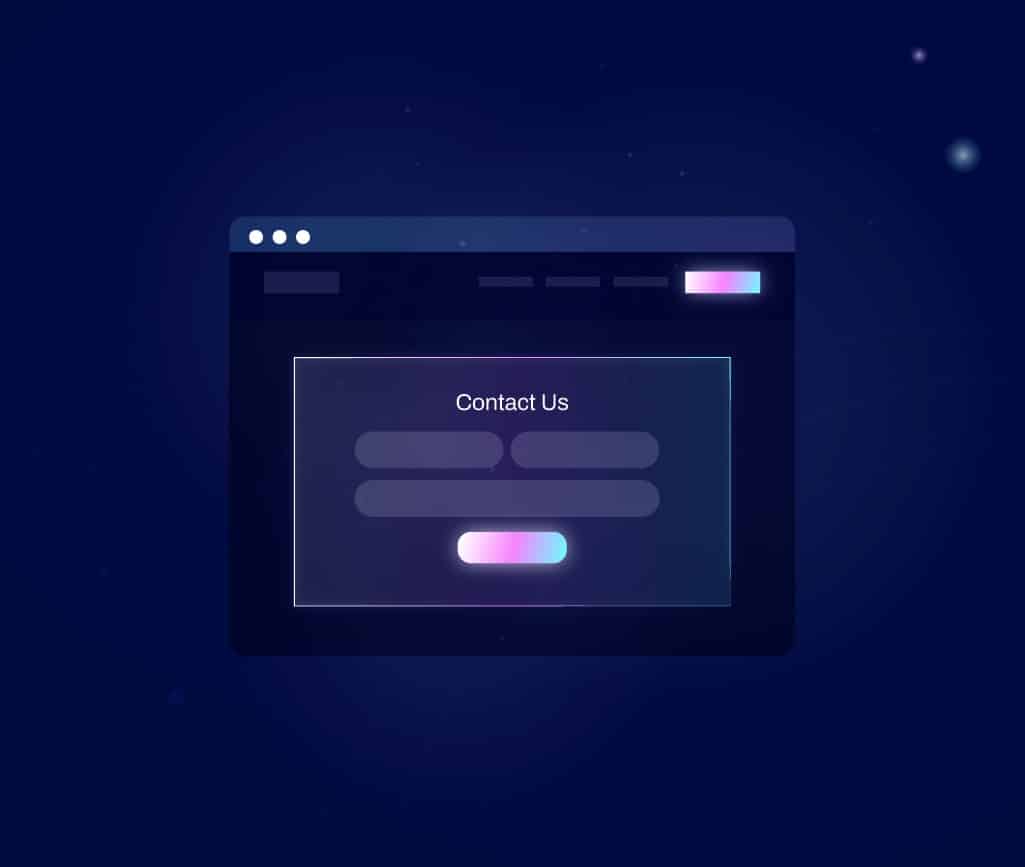
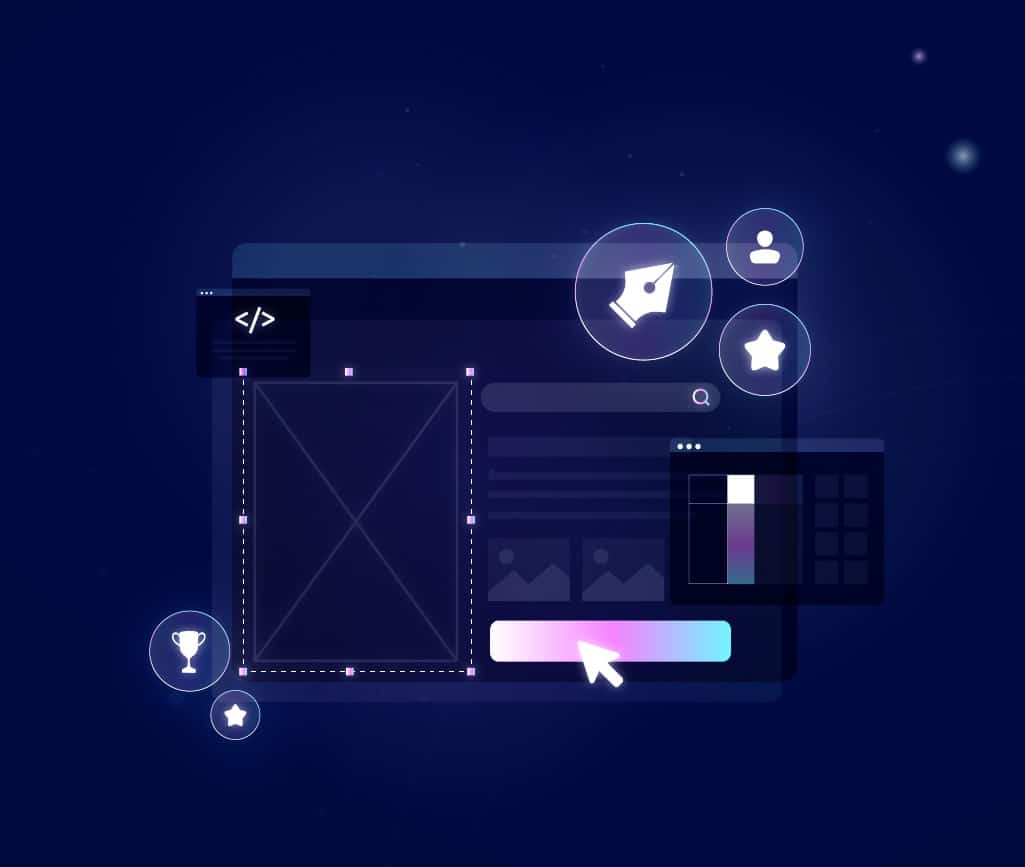
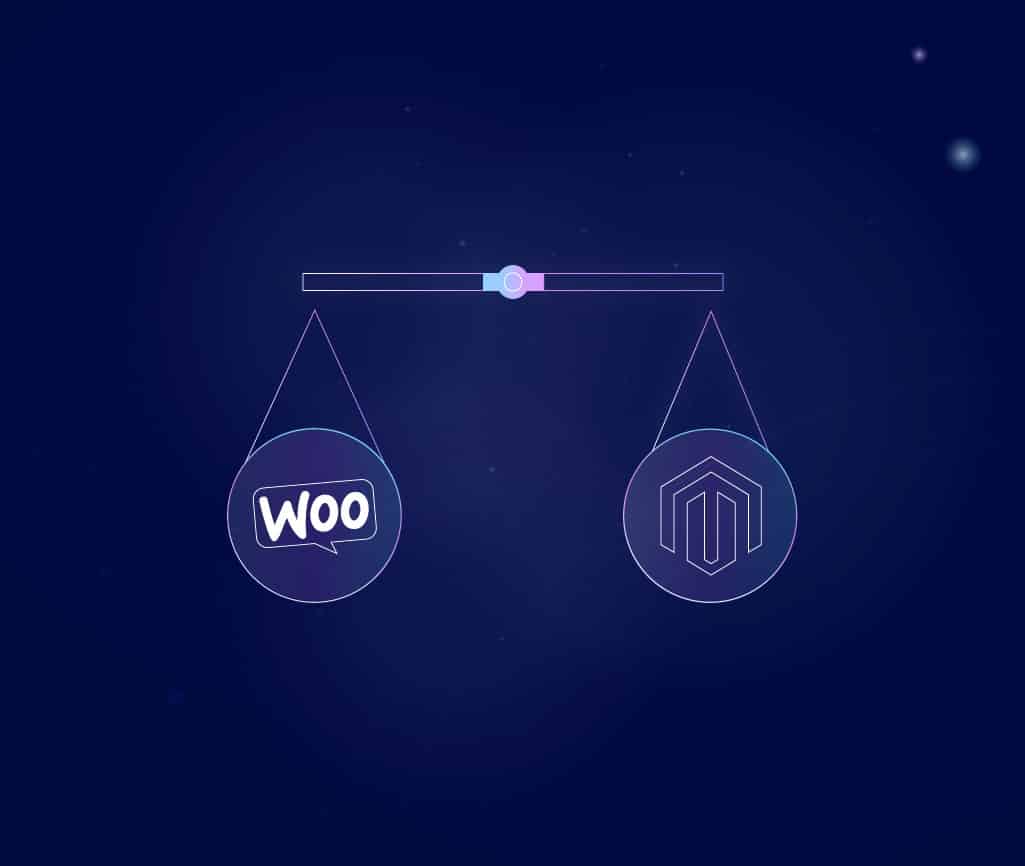

No comments found